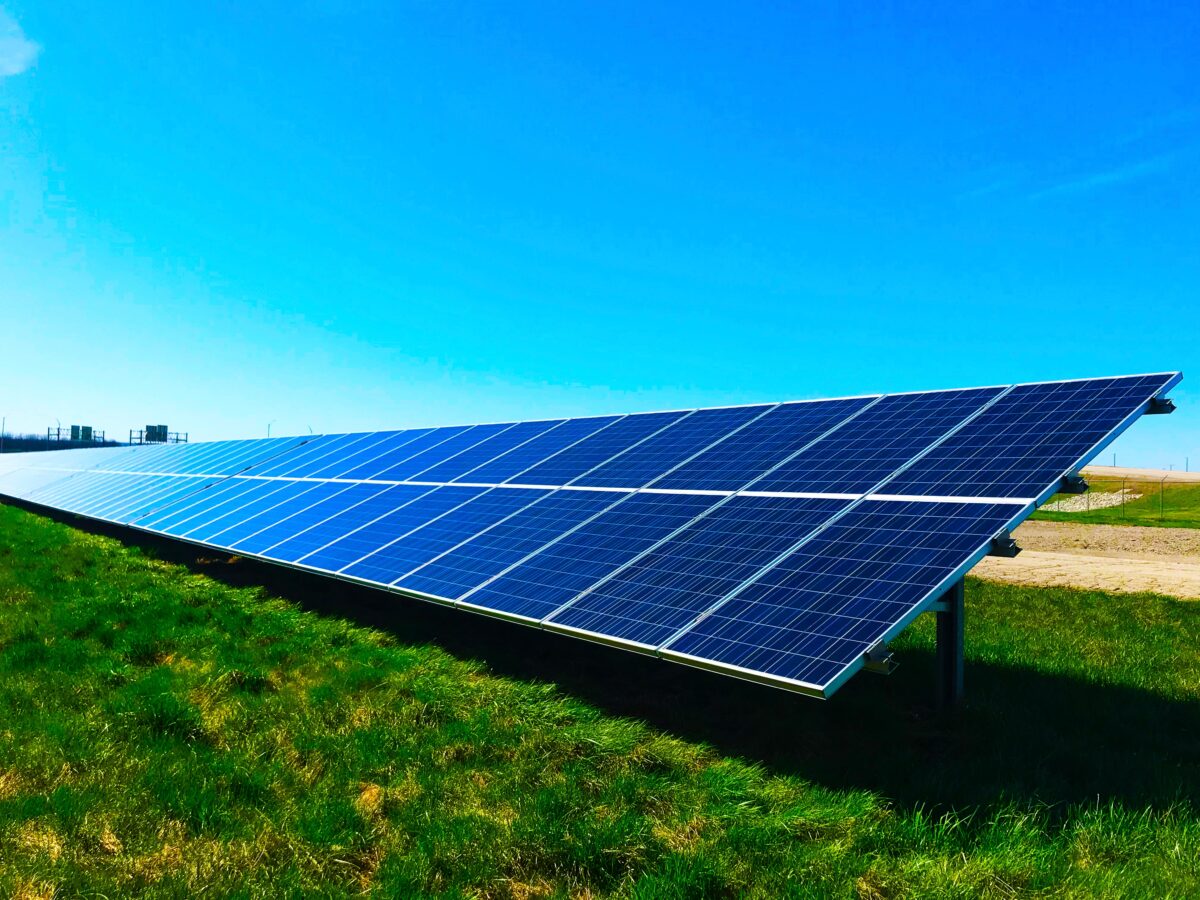Researchers at the University of Lisbon in Portugal have developed a machine learning algorithm that classifies and predicts inverter failures in utility scale PV plants.
The new algorithm monitors, in particular, the inverter subsystems and sends alarms when maximum and minimum values are reached. It analyzes data and categorizes variables according to historic values.
The scientists identified the types of failures according to the errors obtained in the inverters and the description of occurrences. Failures include grid faults, grid overvoltage, temporary grid overvoltage, grid undervoltage, low voltage, temporary AC overcurrent, grid overfrequency, grid underfrequency, grid power failure, excessive stray current, supply grid fault, 10-minute grid overvoltage, output overload, and unbalanced load of grid device fault.
The group tested the proposed approach on two ground-mounted PV systems with capacities of 140 kW and 590 kW. Both installations rely on inverters provided by German manufacturer SMA. “The variables of each inverter were analyzed, and the following types of failure were verified in the case of the variable yield, due to the inverter errors,” it explained.
The data were characterized via fine tree, medium tree, and coarse tree prediction models. In tree-based models, a set of splitting rules actively divides the feature space into multiple smaller, non-overlapping regions with similar response values.
Popular content
The academics claim that the proposed algorithm is able to identify seasonal variations in inverter failures and that the results it provides can be used for reliability analysis. “The data-driven evaluation developed in this study indicates that inverters subsystems emerge for categorizing failure modes,” they stressed.
They also suggested protecting inverters from inrush and overcurrent automatically by using clamp circuits to the resonant capacitance in parallel. “High power-conversion efficiency can be achieved by regenerating the clamp current to the input voltage source,” they concluded.
The novel algorithm was presented in the study “Machine learning for monitoring and classification in inverters from solar photovoltaic energy plants,” published in Compass in Solar.
This content is protected by copyright and may not be reused. If you want to cooperate with us and would like to reuse some of our content, please contact: editors@pv-magazine.com.



By submitting this form you agree to pv magazine using your data for the purposes of publishing your comment.
Your personal data will only be disclosed or otherwise transmitted to third parties for the purposes of spam filtering or if this is necessary for technical maintenance of the website. Any other transfer to third parties will not take place unless this is justified on the basis of applicable data protection regulations or if pv magazine is legally obliged to do so.
You may revoke this consent at any time with effect for the future, in which case your personal data will be deleted immediately. Otherwise, your data will be deleted if pv magazine has processed your request or the purpose of data storage is fulfilled.
Further information on data privacy can be found in our Data Protection Policy.